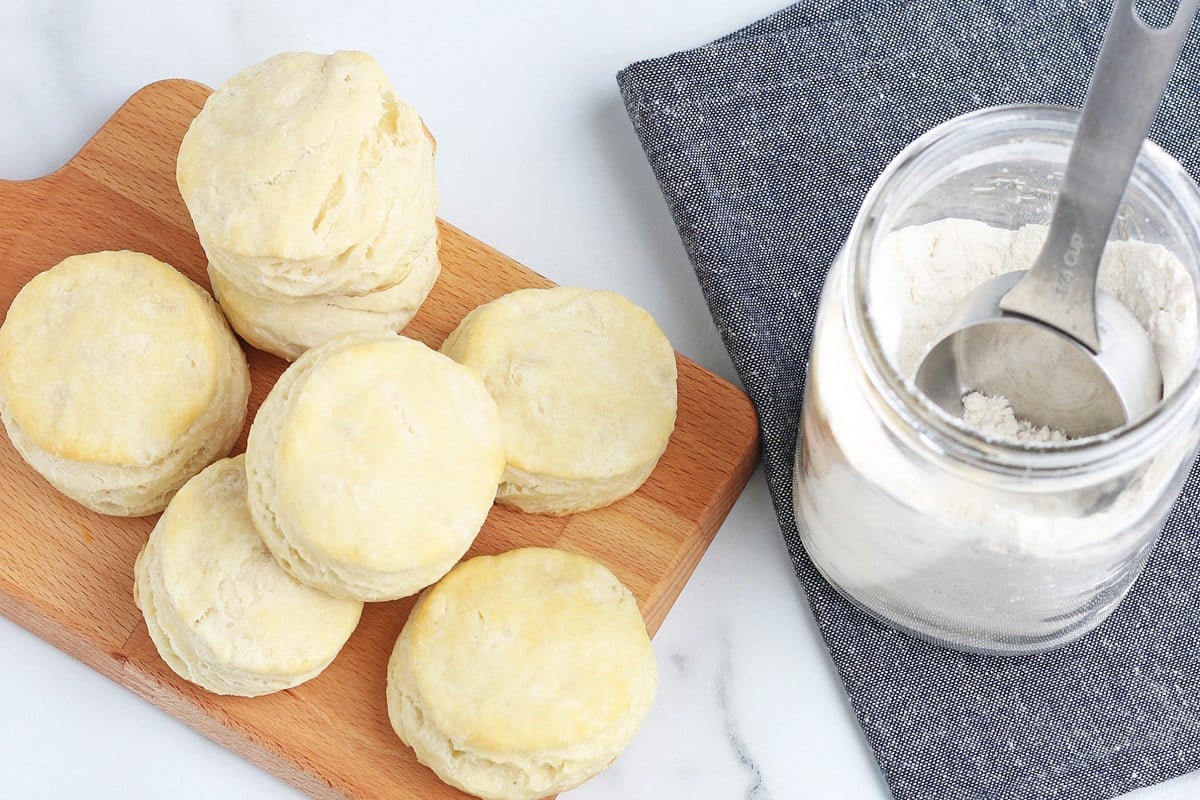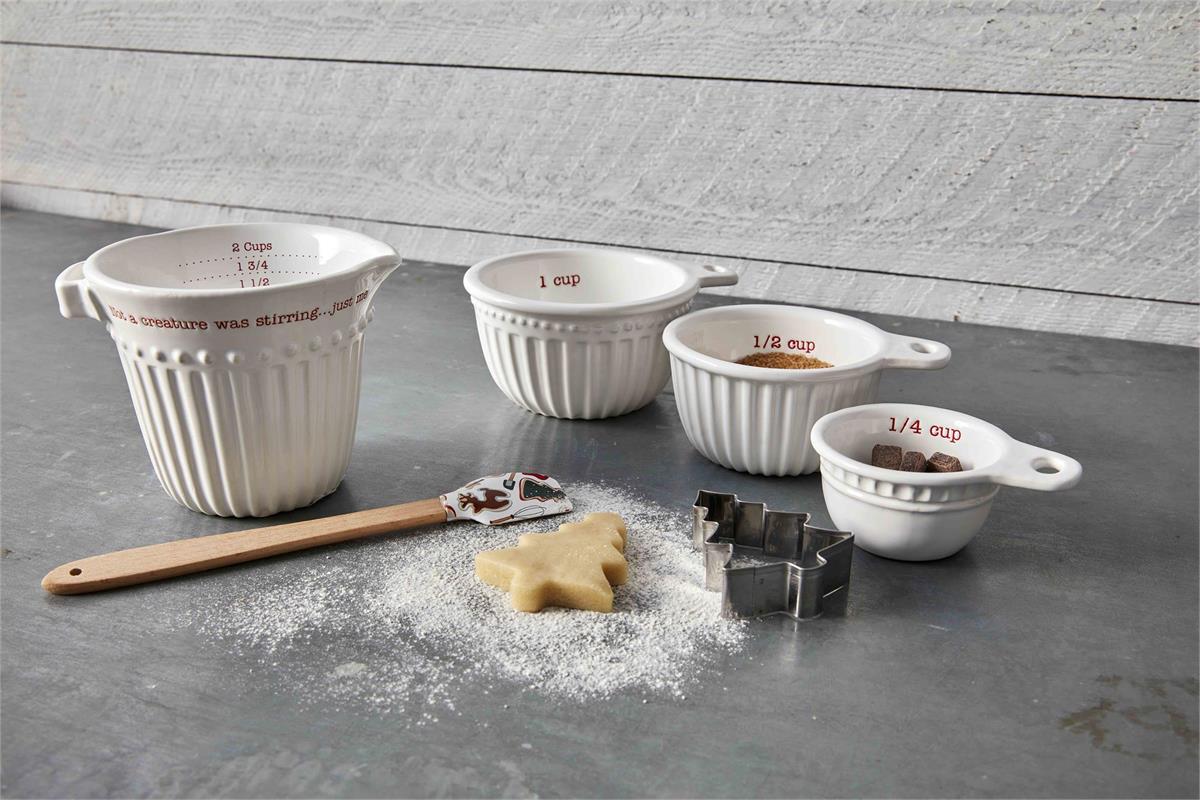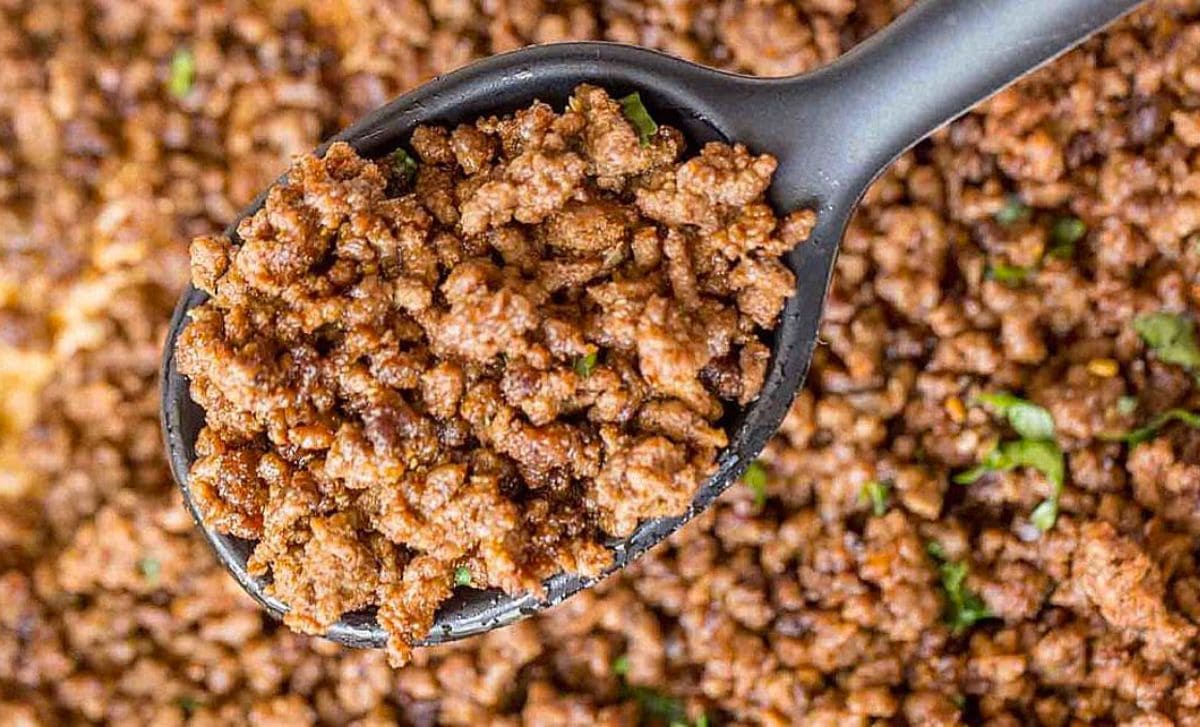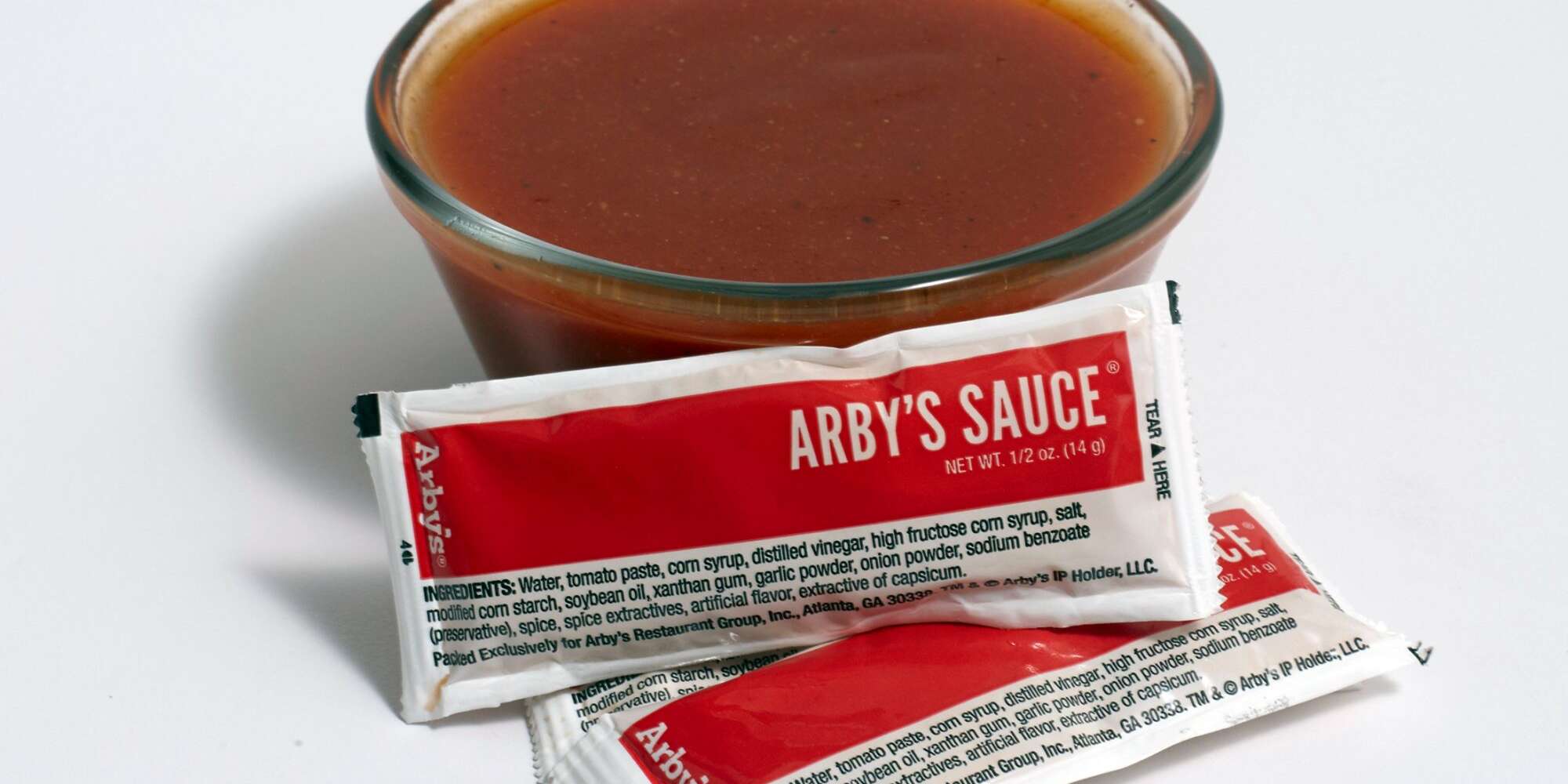Understanding Compote: A Delicious and Versatile Fruit Dessert
Have you ever heard of compote? If not, you’re in for a treat! Compote is a delightful fruit dessert that is not only delicious but also incredibly versatile. Whether you’re a seasoned foodie or just someone with a sweet tooth, compote is a must-try dish that can be enjoyed in a variety of ways.
What is Compote?
Compote is a simple yet flavorful fruit dish that is made by cooking fruit in a sugar syrup. The fruit is gently simmered in the syrup until it becomes tender and releases its natural juices, creating a luscious and fragrant mixture. The result is a sweet and slightly tangy fruit compote that can be enjoyed on its own or used as a topping or filling for a wide range of dishes.
How is Compote Made?
Making compote is incredibly easy and requires just a few basic ingredients. Here’s a simple recipe to make your own compote at home:
- Choose Your Fruit: Select your favorite fruits such as berries, peaches, apples, or pears. You can use fresh or frozen fruit, depending on what’s in season.
- Prepare the Fruit: Wash, peel, and chop the fruit into bite-sized pieces.
- Cook the Fruit: In a saucepan, combine the fruit with sugar, a splash of water, and any desired flavorings such as vanilla or cinnamon. Simmer the mixture over low heat until the fruit is soft and the syrup has thickened slightly.
- Cool and Serve: Allow the compote to cool before serving. It can be enjoyed warm or cold, depending on your preference.
Ways to Enjoy Compote
Once you have a batch of compote ready, the fun part begins – enjoying it! Here are some delightful ways to savor this delectable fruit dessert:
- On Yogurt: Spoon a generous serving of compote over a bowl of creamy yogurt for a delicious and nutritious breakfast or snack.
- As a Topping: Use compote as a topping for pancakes, waffles, French toast, or ice cream for a burst of fruity flavor.
- In Baking: Incorporate compote into your baking recipes, such as using it as a filling for pastries, cakes, or tarts.
- With Cheese: Pair compote with a selection of cheeses for a delightful sweet and savory combination.
- Straight from the Spoon: Of course, there’s nothing wrong with enjoying compote straight from the spoon – it’s that good!
Health Benefits of Compote
Aside from its delicious taste, compote also offers a range of health benefits. Since it is made from fresh fruit, compote is packed with essential vitamins, minerals, and antioxidants. It’s a great way to incorporate more fruit into your diet and satisfy your sweet cravings without indulging in overly processed desserts.
Additionally, compote can be made with minimal added sugar, making it a healthier alternative to many store-bought sweets. By controlling the amount of sugar in your compote, you can enjoy a guilt-free treat that aligns with your dietary preferences.
In Conclusion
Compote is a delightful fruit dessert that is simple to make and incredibly versatile. Whether enjoyed on its own, paired with other foods, or used in cooking and baking, compote offers a burst of natural fruit flavors that can be enjoyed in countless ways. So, the next time you’re looking for a delicious and wholesome treat, consider making a batch of compote – your taste buds will thank you!
Was this page helpful?
Read Next: What Is 8 Oz To Grams











